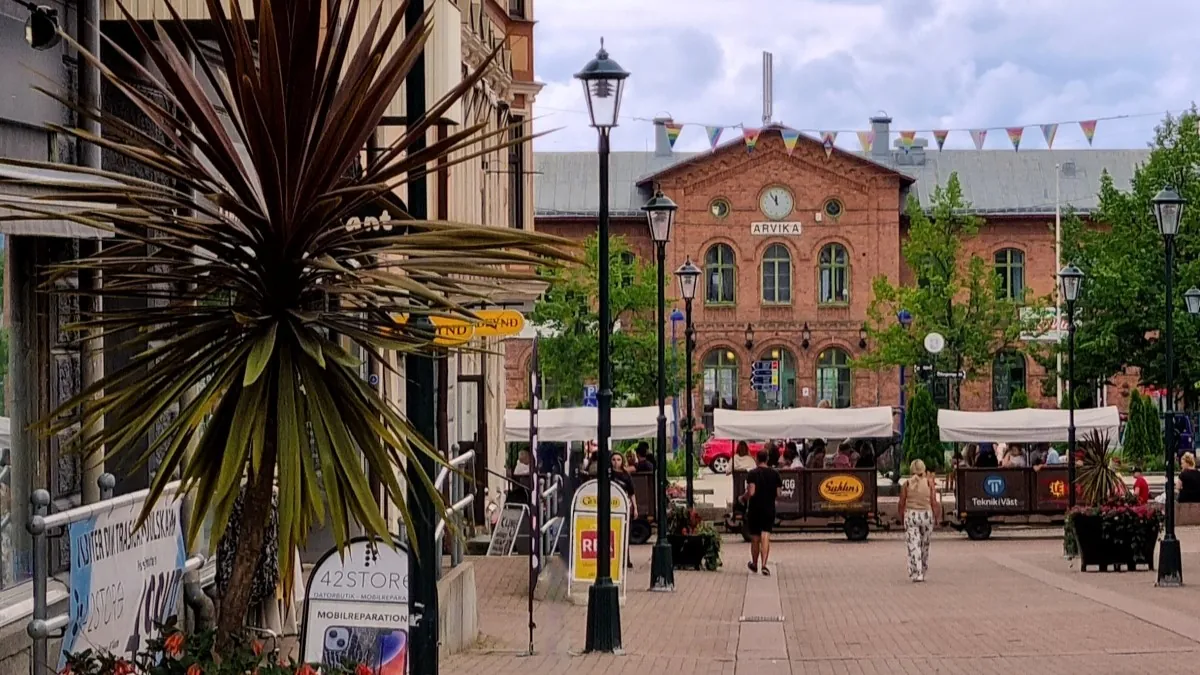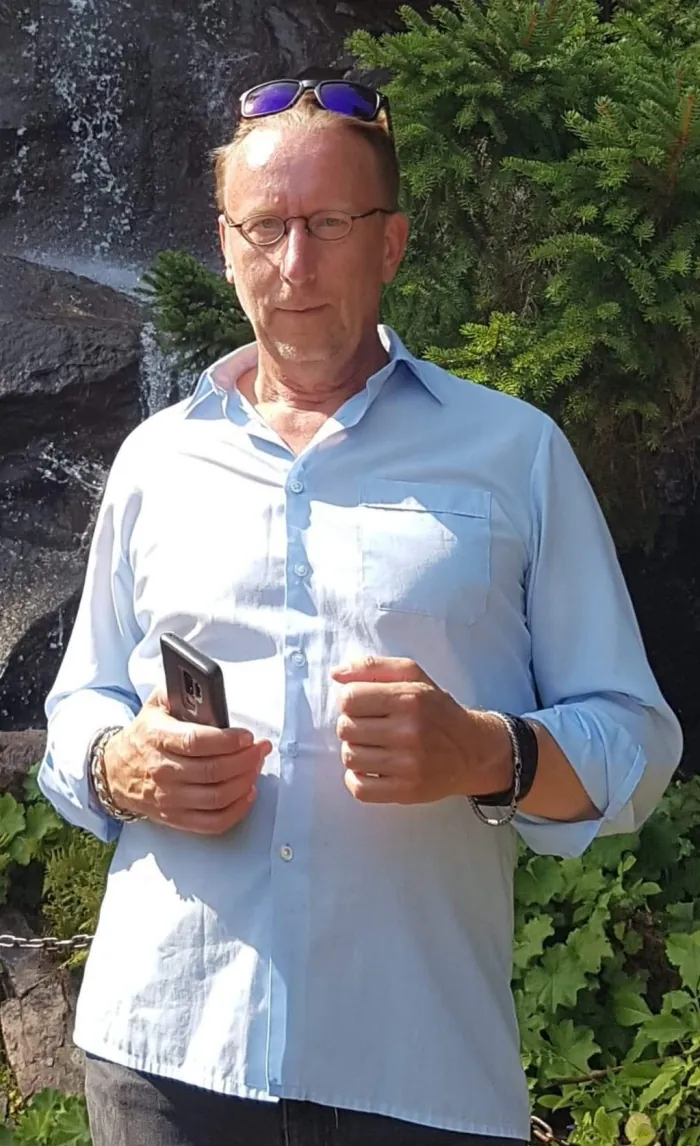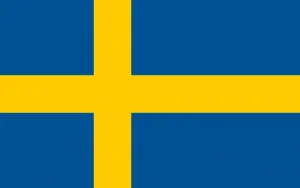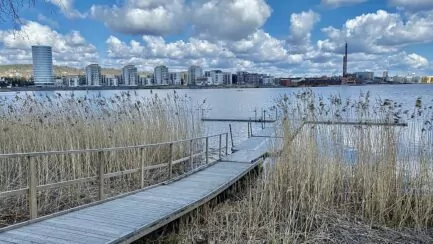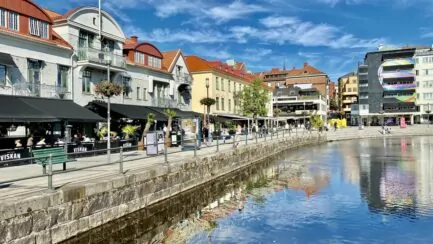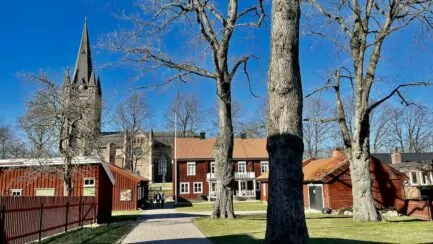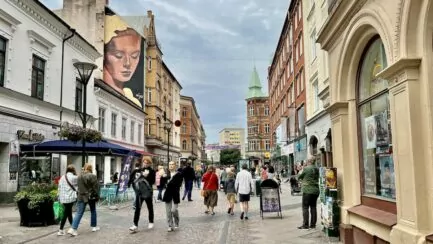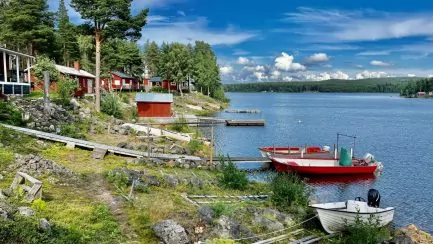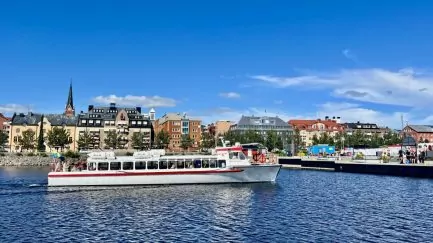Table of contents
Guest writer: Björn Erik Gustavsson
With its beautiful location by Glafsjorden and surrounded by blue hills, Arvika must be one of the country's most beautiful towns. It also has a reputation as a veritable cultural metropolis. At least by Värmland standards.
A city with a classic character
Like small towns such as Nora, Söderköping and Hjo, Arvika escaped relatively unscathed from the wave of demolition and construction of huge department store complexes in the 1960s and 1970s. The town has retained much of its original character.
In terms of both size and architecture, the town can actually be reminiscent of Vänersborg. There are both neighbourhoods with two-storey houses in typical 19th century style and pompous stone houses that signal a more robust urban construction phase.
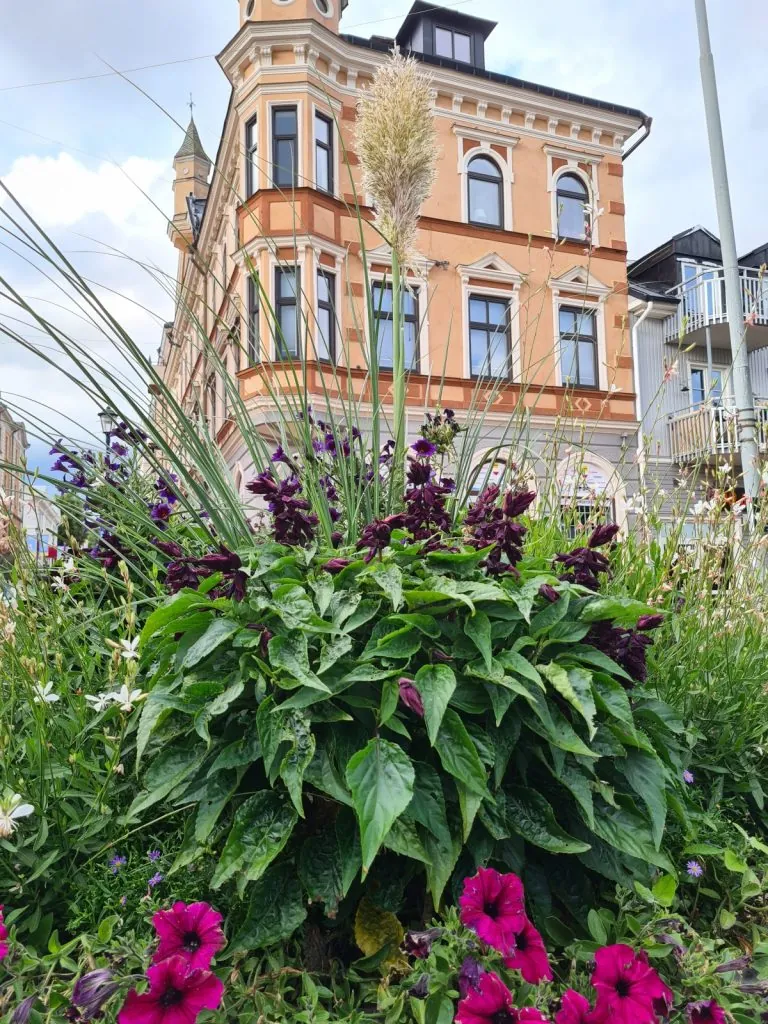
What reinforces the impression of a 'classic' city is the strictly gridded street network. The first city plan was based on 30 squares and a square next to the harbour. The city was named Oscarsstad.
But the expansion failed to materialise - and just ten years later the town was downgraded to a market town, while the name was changed to Arvika. Towards the end of the 19th century, industrialisation increased, and the founding of Arvikaverken, with its production of agricultural implements, was particularly significant.
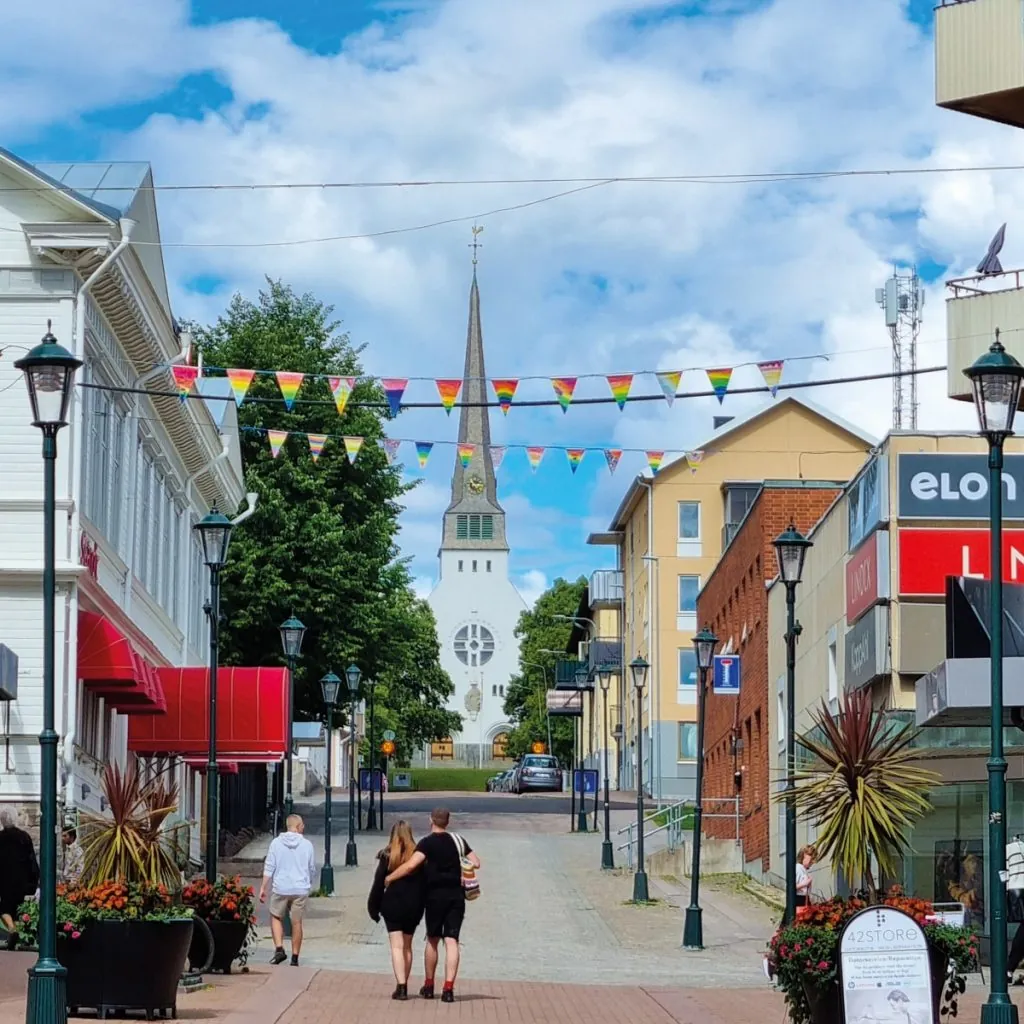
A visit to cultural Arvika
I visit Arvika one summer day in 2024 after visiting "Gammelvala" in nearby Brunskog, whose vast homestead attracts tens of thousands of visitors during this recurring summer week who get to experience almost a 19th century world; filled with crafts, miles and steam engines of all kinds. In addition, a lot of spex and costume parades where Gustaf Fröding and other famous cultural personalities are resurrected.
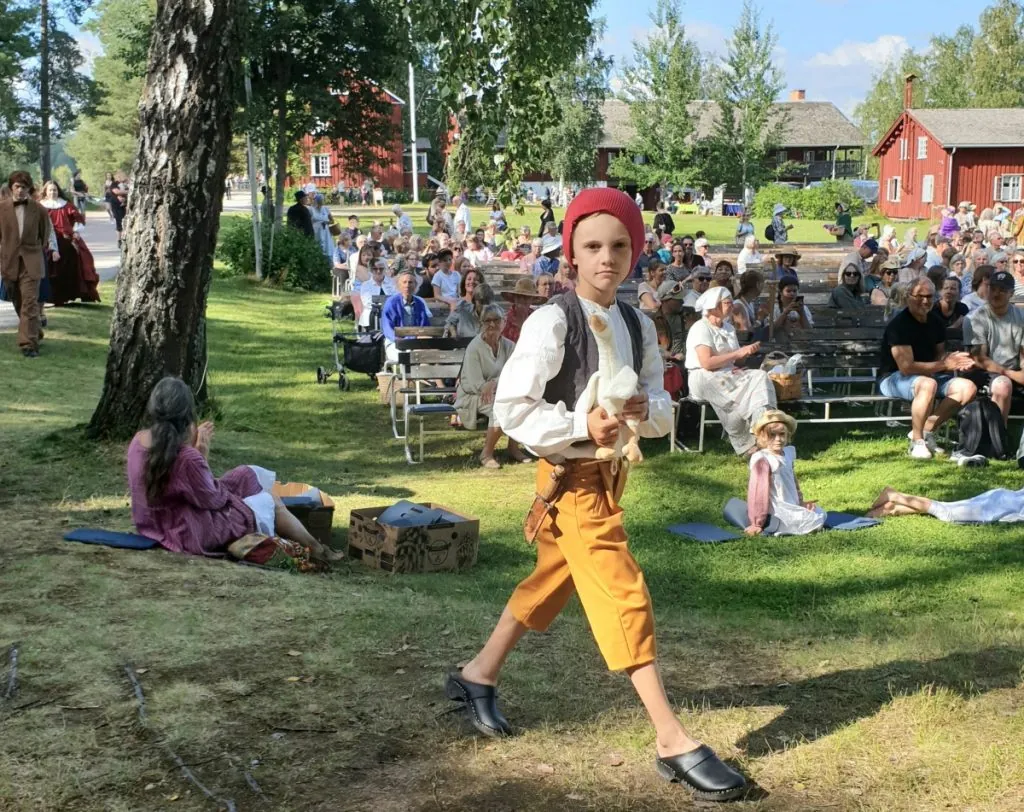
As you approach Arvika - built on the slopes down to the vast Glafsfjorden - the views in all directions are striking. The beauty of the area is much-loved - not least by all the artists who flocked here at the beginning of the 20th century and formed an artists' colony by Lake Racken.
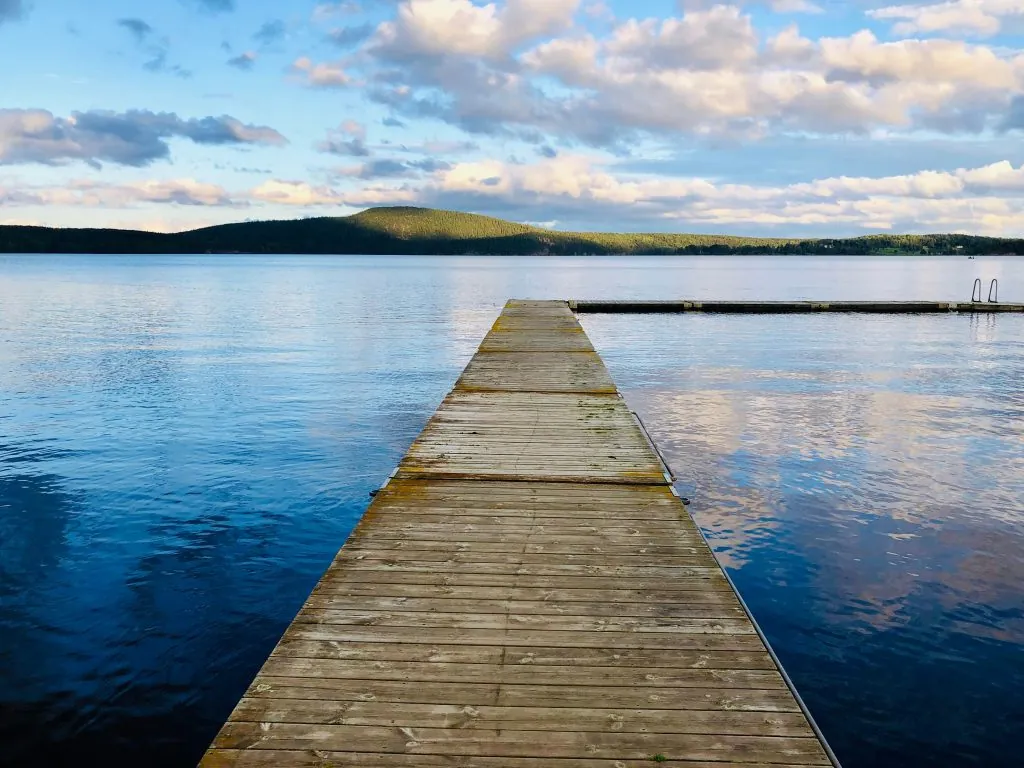
The strong impulses that the arts, crafts and music received during this time live on in the town's DNA, and it is difficult to find Swedish towns of this size that exude such cultural self-confidence as Arvika (possibly in competition with neighbouring Sunne; in the middle of Selma Lagerlöf and Göran Tunström country).
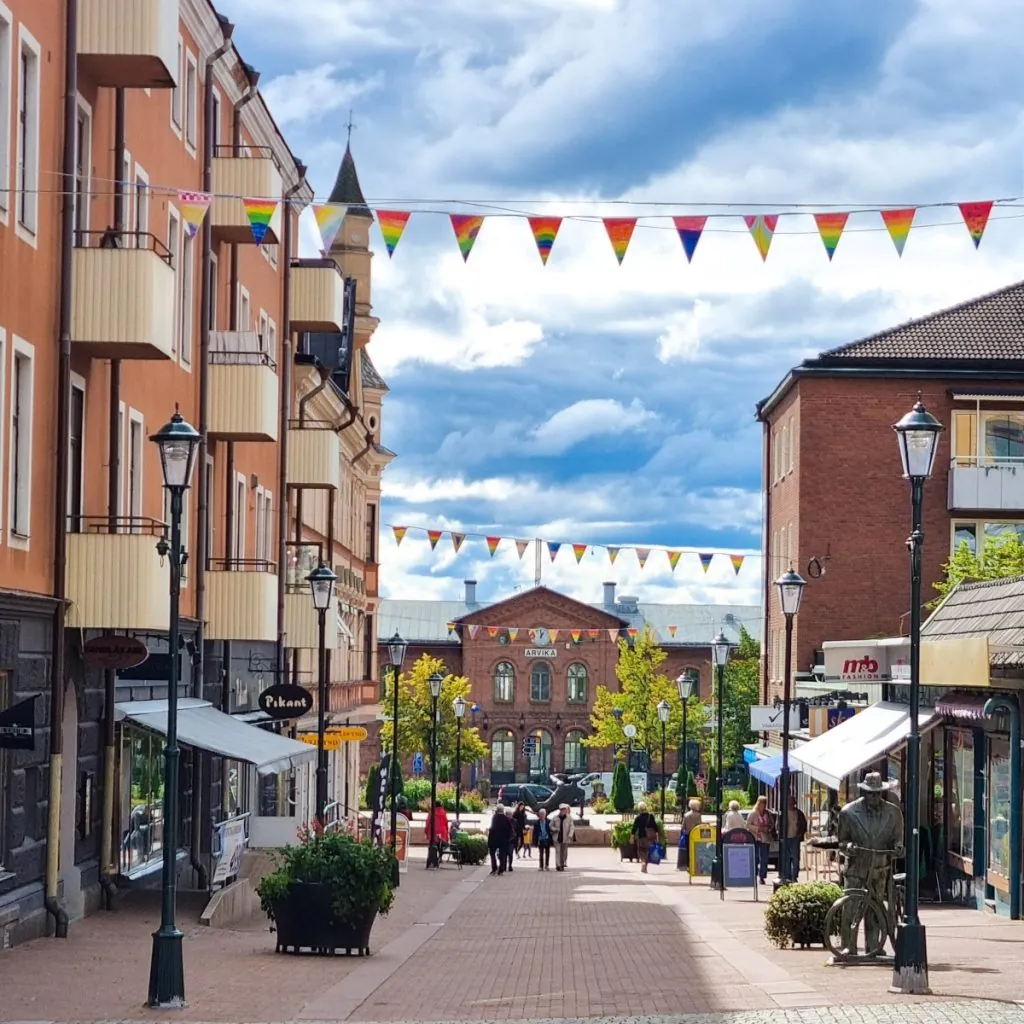
Things to see and do in Arvika
You should take time to enjoy the tranquil 1913 city park next to the period esplanade before heading north into the city centre itself.
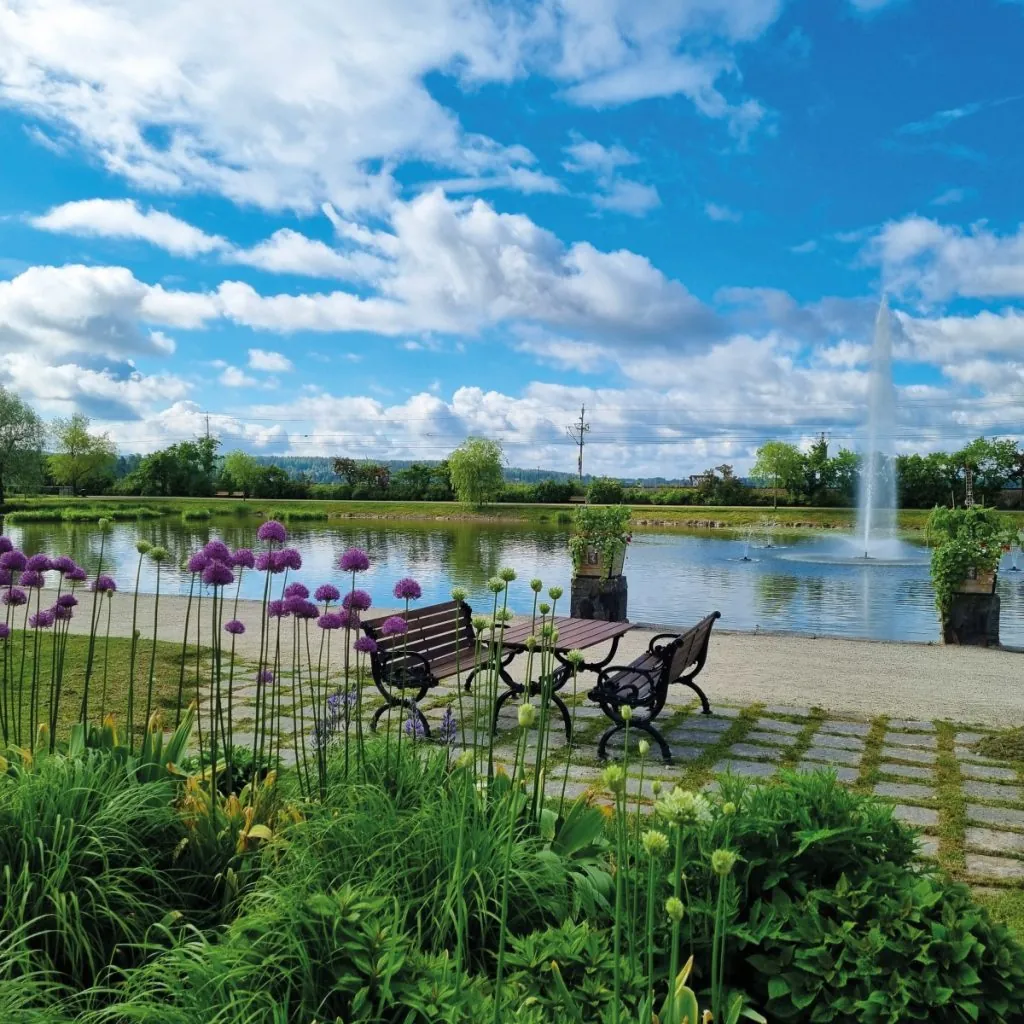
Here are a few must-sees: the main square with the grand railway station to the west and the classic Nordells patisserie next door. Don't miss Citykonditoriet (like being thrown back to the 40s!) and Elin's backyard (which combines old and new in a confident mix of styles).

Visit the elevated Trefaldighetskyrkan (Trinity Church), a magnificent Art Nouveau church designed by Ivar Tengbom (who designed the similar Engelbrektskyrkan and Högalidskyrkan churches in Stockholm at around the same time).
More tips: Arvika konsthantverk (Sweden's oldest arts and crafts shop, founded in 1922 by Maja Fjaestad), Arvika konsthall, the extensive vehicle museum, Sågudden open-air museum on the shores of Kyrkviken ... And check out the beautifully located Ingesund Music Academy, founded in 1927 and with a huge range of also public concerts; please take a look at the website.
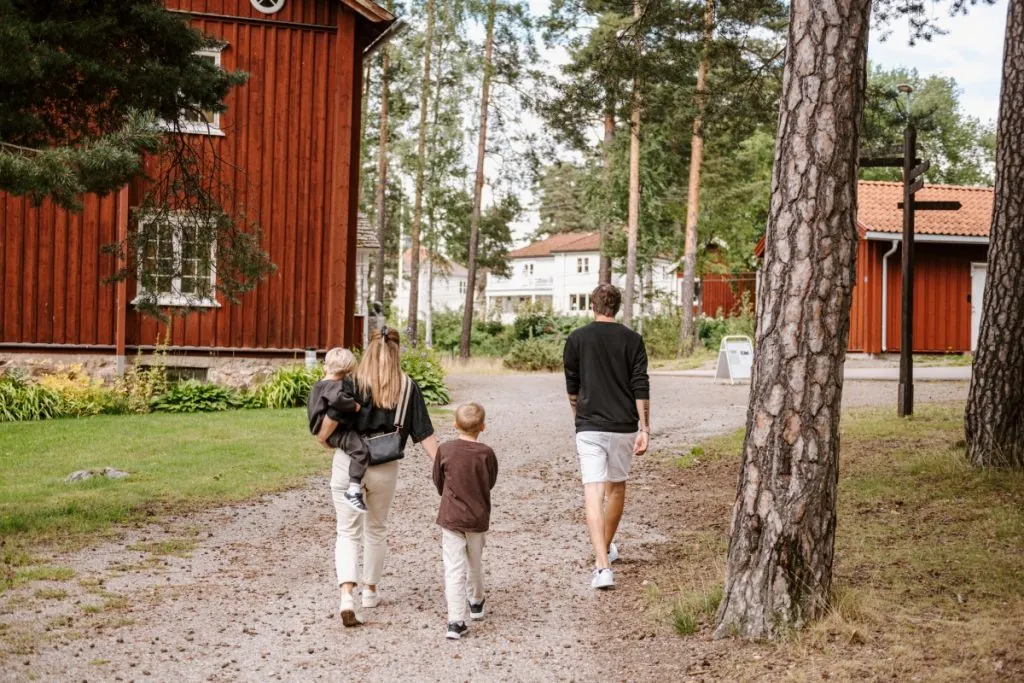
Just outside the city centre is the Rackstad Museum, one of the country's most beautiful art museums, with a charming garden and a short walk to the nearby Christian Erikssons Opstuhage. There is also a museum shop and a lovely café. For those who want to learn more about the influential artists' colony, a drive around Lake Racken is recommended. Many artists still live in this village today.
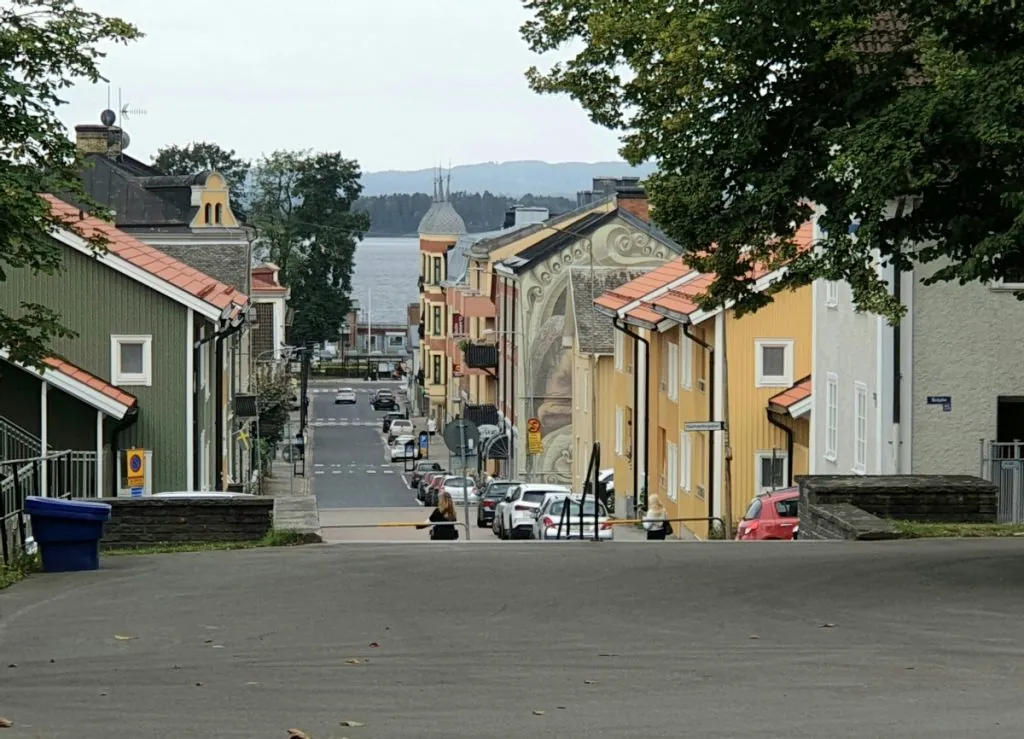
A cultural metropolis in Värmland
For those who want to know more about the cultural metropolis of Värmland, Göran Bryntesson's recently published Stories about Arvika, a book that tells the story of both the city's history and its present in an initiated and enjoyable way.
The wide-ranging volume is rounded off by reproducing a number of festive speeches and Arvika poems and even a whole bunch of Arvika songs (!) - all testifying to the artistry that still permeates much of the town's life - flavoured with hefty doses of the fondness for jokes and anecdotes that many see as so "typically Värmland".
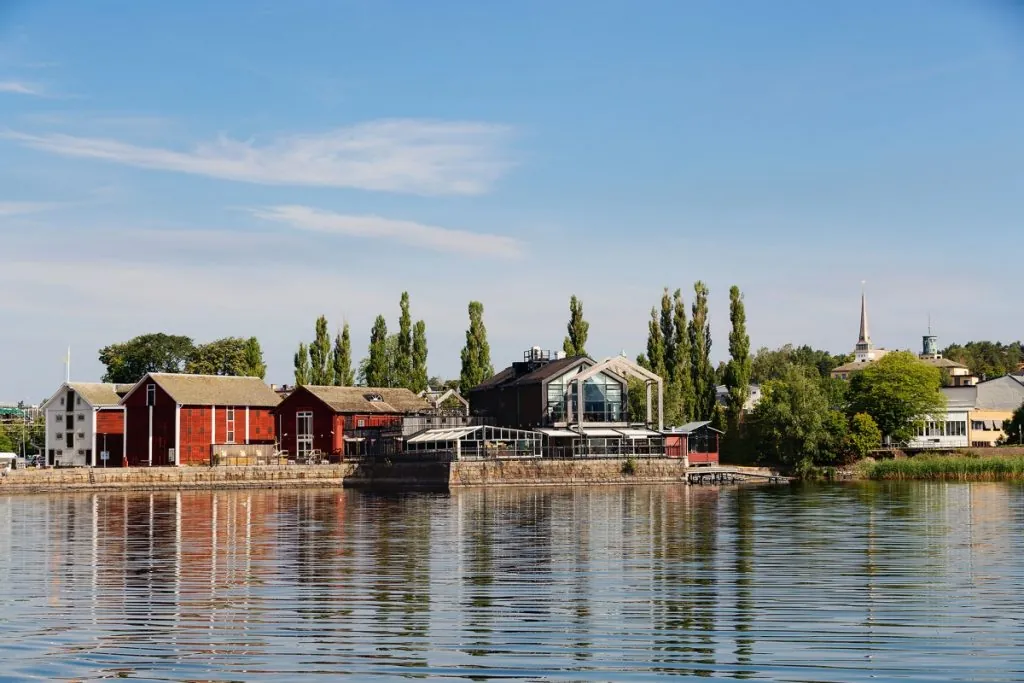
Just one example: the first stanza of the jubilee prologue proclaimed at the centenary celebrations in 2011:
This day is particularly happy
over our city,
for the centenary of the city
we especially celebrate sheep.
We decorate streets, parks and pavements,
in trumpets we blow fanfares,
and attracts the governor and bishop
to our own anniversary ride.
The square is our favourite party venue,
here we raise our festive trophy,
then we get to shout solemnly
Cheers to Arvika!
Text: Björn Erik Gustavsson


